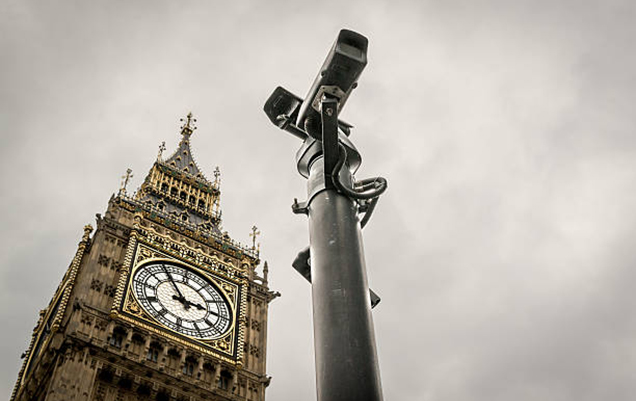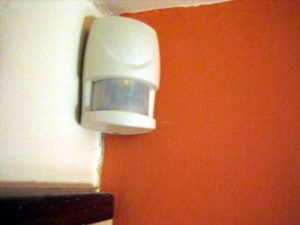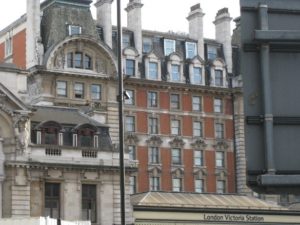
Not-so-Physical Security – Part 1: Guardian Angels at Your Service
Introduction
 The physical security market has experienced some significant changes during the recent decades. Whereas once physical security was based solely on guards, fences and gates, the story of the physical security market has been rewritten by technological development and a change in the type of threats we face.
The physical security market has experienced some significant changes during the recent decades. Whereas once physical security was based solely on guards, fences and gates, the story of the physical security market has been rewritten by technological development and a change in the type of threats we face.
In this series of posts, I’ll review this fast-paced evolution, as well as the upcoming tech that will surely impact the physical security market dramatically in the near future.
Alarm Systems
 During the 70’s, intruder detection alarm systems were introduced. These systems were the enabler for rapid growth of the central alarm monitoring service, providing security solutions 24/7 for the residential and enterprise markets.
During the 70’s, intruder detection alarm systems were introduced. These systems were the enabler for rapid growth of the central alarm monitoring service, providing security solutions 24/7 for the residential and enterprise markets.
These systems had the capability of intruder detection (mainly by using motion sensors and door / window magnetic sensors), but were lacking the capabilities of alarm verification and recognition. As a result, these solutions generated an unacceptable false alarm rate (FAR), which translated to high cost due to sending teams to the field unnecessarily.
Video Surveillance
In the 80’s, video surveillance cameras rapidly penetrated the market. Using these cameras (initially called Closed Circuit TV or CCTV), it became possible to remotely view events in the field in real time, verify alarms and record the video for evidence and debriefing purposes. The cameras were low quality analog cameras and were connected by physical infrastructure to the control room (and nowhere else).
 Despite the high cost, low video quality and difficulty to access video footage of a specific event, these CCTV systems generated a real revolution in the security market and upgraded the security level. Eventually, the return on investment model was proven by a reduction of manpower and lower false alarm costs.
Despite the high cost, low video quality and difficulty to access video footage of a specific event, these CCTV systems generated a real revolution in the security market and upgraded the security level. Eventually, the return on investment model was proven by a reduction of manpower and lower false alarm costs.
The United Kingdom led this global trend. The streets of London started to be populated with CCTV cameras. Shortly after deploying cameras in another borough, the crime rate decreased significantly. This triggered a public debate about the tradeoff between security and privacy and development of laws covering the use of CCTV at the public space.

Gradually, video surveillance had become the major tool in the physical security market.
Alarm systems, video surveillance and central alarm stations provided remote protection to properties and made security affordable to households and businesses.
In my next post, we’ll discuss how the digital revolution affected physical security.